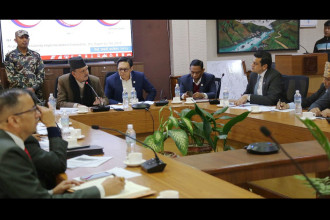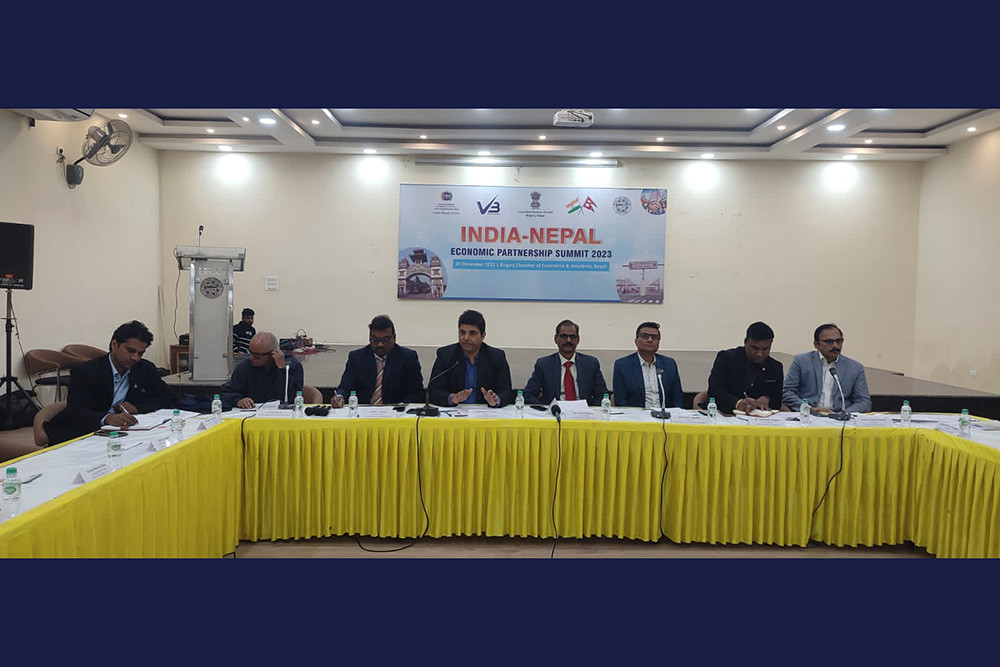
Today’s Youth Asia in collaboration with Stanford University organised a program titled ‘Engineering for Nation Building’ to showcase eco-conscious, economically-enriched and earthquake-resistant village design. The village model concentrated on developing Dolakha, adapting the lifestyle of the villagers within the resources available
Seven students from Stanford Engineering worked on the village model which greatly focused on architecture, fuel generation, water and wastage and so on. Students worked on small teams with locals in Dolakha area to address a community-requested problem. During the period of five weeks in the field, students defined the project emphasising the requirements of the region on minimum budget. “As part of our project, we visited Dolakha to incorporate the values of people in our designs. The eco-village model is such which can be adapted by the villagers easily. The design involves cross ventilation. Further, the use of mud and stone infill and pine wood helps in building earthquake resistant village,” said Alex Nutkiewicz, Team Leader, a Ph.D. student in Civil Engineering. The project was part of the Summer Service Learning Program, an opportunity for Stanford Engineering students to work on a significant project that supports an international developing community.
Similarly, Terai house design, natural disaster resistant was presented by architect Shirshak Baniya, winner of 2015 Disaster Resistance Household Engineering Competition.
“In 2002, I returned to Nepal and since then I have been working towards addressing different issues here. I am glad to see eco-friendly designs for Nepal which has been built focusing on the requirements of Nepali culture and lifestyle,” explained Santosh Shah, President, Today’s Youth Asia which is a think tank that leads research and development programs and provides strategy and consultation to educational institutions, governments, political parties, corporations and leaders from all over the world.





